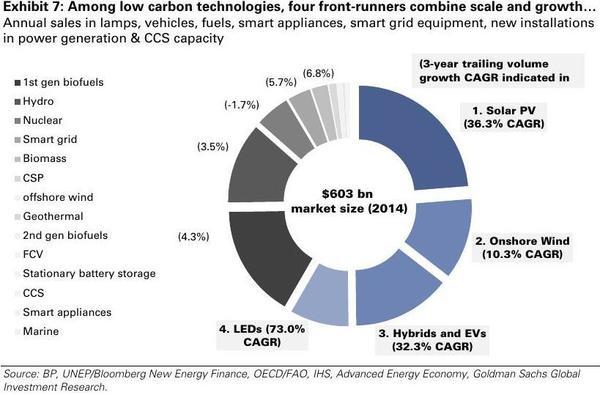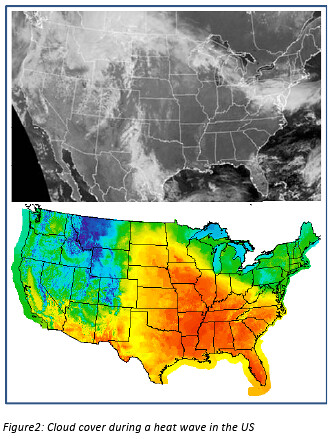Solar PV, onshore wind, electric vehicles, and LED lighting will win for all of us and profit in the next five years, says Goldman Sachs, which just put $150 billion of its own money where its mouth is. How about you, world leaders gathered in Paris?
Chris Martin, BloombergBusiness, 30 November 2015, Wind, Solar Power to Supply More Energy Than Shale, Goldman Says,
New wind turbines and solar panels worldwide will provide more energy over the next five years than U.S. shale-oil production has over the past five, according to Goldman Sachs Group Inc.
The leading renewable-energy technologies will add the equivalent of 6.2 million barrels of oil a day to the global energy mix, exceeding the 5.7 million barrels a day pumped from U.S. shale oil wells since 2010, analysts including Brian Lee and Jaakko Kooroshy said in a research report Monday….
“Wind and solar are on track to exceed 100 gigawatts in new installations for the first time,” Continue reading











